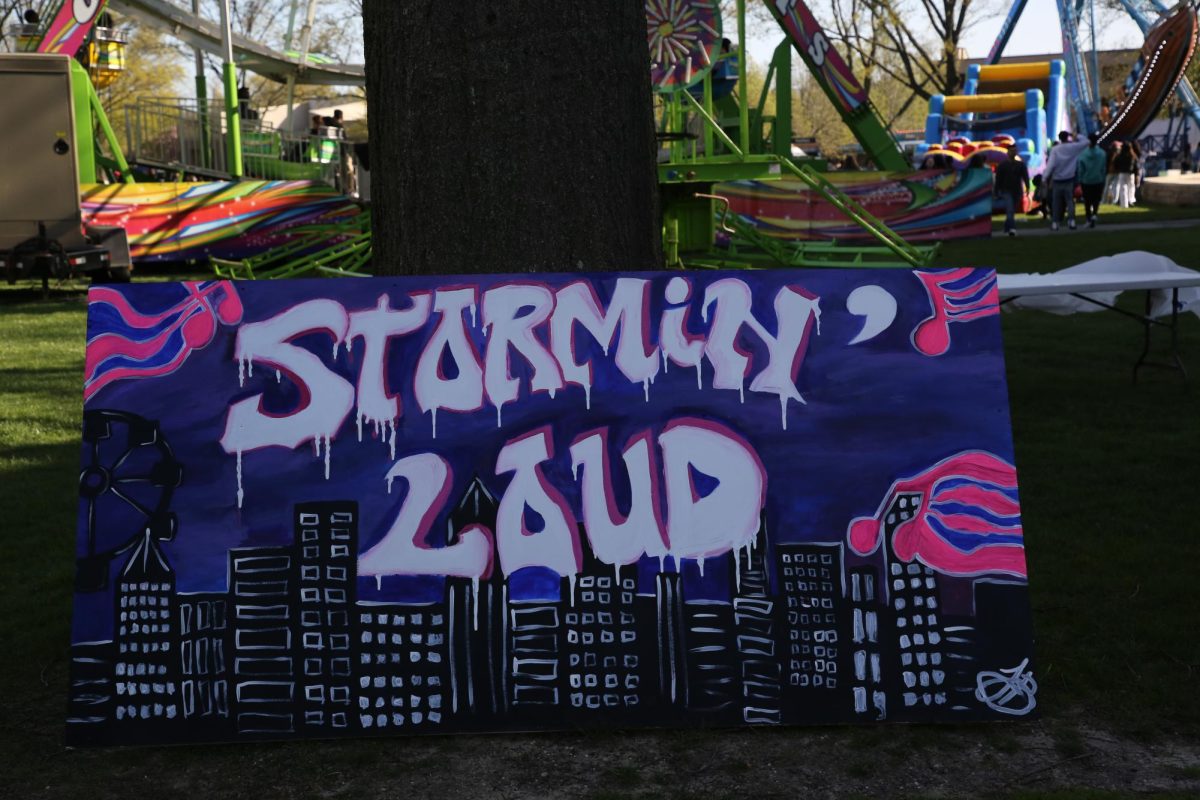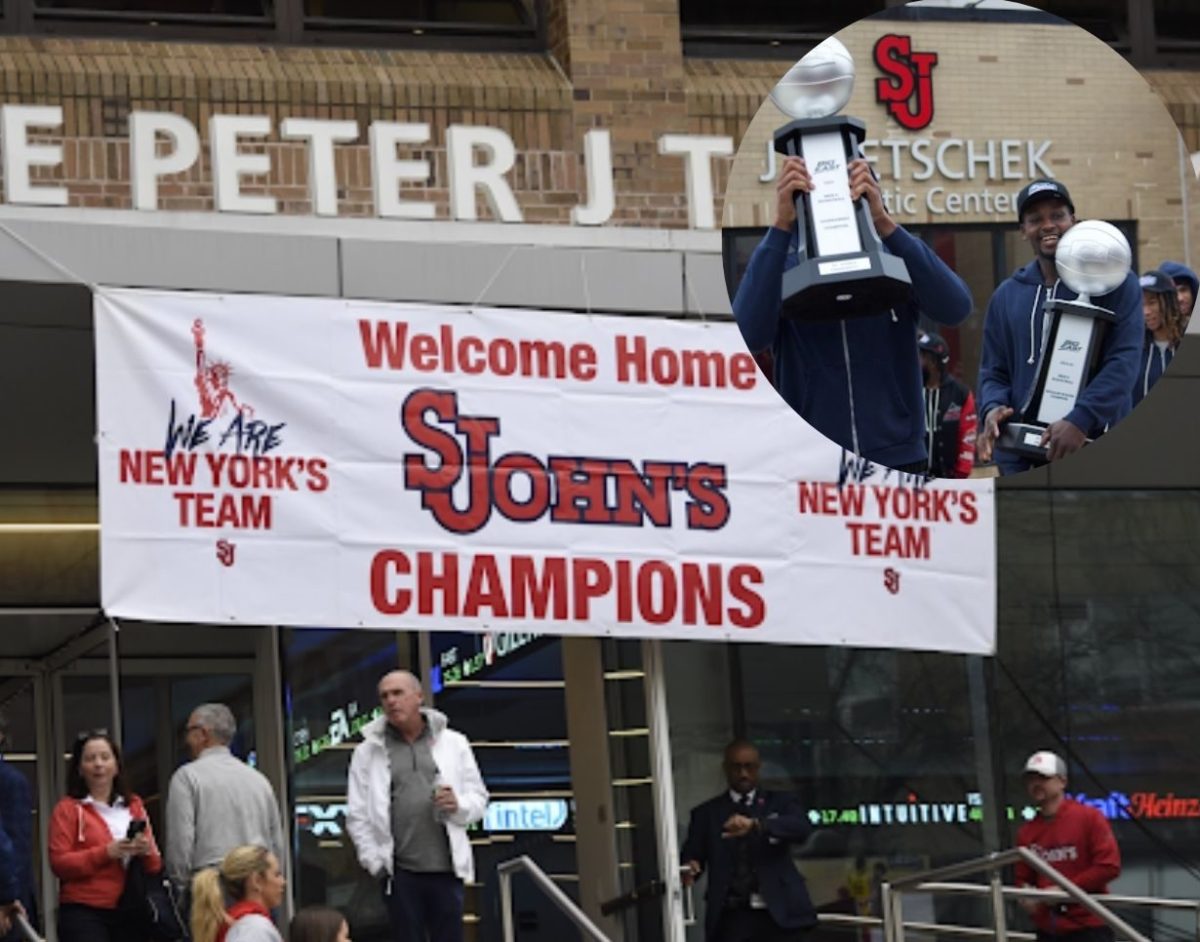When Carl Fields walked the halls of St. John’s, there weren’t many other black students enrolled he could talk to, but they were equally welcomed to the University.
Fields, who was part of the class of ‘42, shone brightly on the track team and in the classroom.
He graduated with his bachelor’s degree in English and Social Science, and was the first African-American inducted into St. John’s College’s Skull and Circle Honor Society having never failed to place on the school’s Dean’s List. He was also the first African-American to serve as the captain of the track team.
But he didn’t stop there. Fields would later become the first African-American administrator of an Ivy
League institution, when he was promoted to Assistant Dean at Princeton University in 1968—30 years after he first enrolled at St. John’s.
St. John’s acknowledged his achievements by awarding him with the President’s Medal, the Medal of Honor, an honorary doctorate and inducting him into the University’s Hall of Fame. On the Princeton campus there is a center for equality named in his honor.
Fields is at the forefront of a rich black history at St. John’s, a history that is celebrated for only one
month of the year but is weaved into the University’s past and revealed through St. John’s archival publications.
“Since its inception in 1870, St. John’s was aware of the need to offer men and women of all ethnic persuasions an education,” reads a 1985 St. John’s Today article on Black History Month.
Fields also recognized St. John’s cultural tolerance had transcended its time, he described in a late 1980’s article that blacks roamed the school’s halls, conducted experiments in the labs, studied law and accounting and played for athletic teams of the institution long before it was acceptable at many other colleges.
“In 1938, however, St. John’s had committed itself to equal education for all, before the historic Supreme Court decision of 1954 and without the attendant hoopla that characterized the efforts of other colleges in the 1960s and 70s,” Fields wrote. “In effect, it was an act of faith and a pragmatic belief in the potential
of black students to benefit from sound, Catholic-oriented education.”
Throughout the 1930s the Vincentian, the Pharmalog, and the Closing Entry yearbooks of St. John’s colleges reveal that blacks increased in population and became slightly more prominent on campus.
In 1931, William Tucker Garvin became the first St. John’s School of Law. Garvin was also recognized as the first black man to serve in the Queen’s District Attorney’s office.
Just over a decade later, in 1946, Cora Walker became the first African-American woman to graduate from the law school at a time when not many women were lawyers. Walker went on to become the first female president of the Harlem Lawyers Association, and was a senior partner at Walker & Bailey.
In 1950, Solly Walker came to St. John’s from Brooklyn’s Boys High School to play basketball for the Redmen. Walker was the first black player for the Johnnies and helped the team make a run to the NCAA Finals the following year.
Dr. Leonard Baynes, professor of Law at St. John’s and director of the University’s Ronald H. Brown Center for Civil Rights and Economic development, said the accomplishments of black St. John’s students were inspiring because they still faced intolerance once they left the University.
“Although St. John’s was tolerant, [African-American graduates] still faced societal discrimination and some were successful nonetheless,” said Baynes.
Following the Civil Rights movement of the 1960s, blacks at St. John’s found ways to advance their culture and presence on campus. In 1968, six black students founded Haraya, the Pan-African Students Coalition, to help further advance black students.
In their first year the group founded the Dr. Martin Luther King Jr. Memorial Scholarship, which gave four-year full scholarships to 10 black students.
On April 30, 1969, a committee consisting of 11 black students and 14 faculty members, including administrators, recommended a Black Area Studies program, and in the fall there were three Black Area Studies courses in the School of General Studies.
As the years went by, many more black St. John’s students went on to future successes. Congressman Charles Rangel graduated with his law degree in 1960, and the former Secretary of Commerce Ronald Brown earned his diploma in 1970. Current Golden State Warriors coach Mark Jackson graduated in the class of ‘87, and Dr. Tony Bonaparte, ‘64 MBA, became the first black Provost of St. John’s in 1994.
In a 1968 Torch article, the author writes there are “205” black students at St. John’s. The 2010 St. John’s Fact Book cites 3,000 black students scattered across the University’s many campuses.







